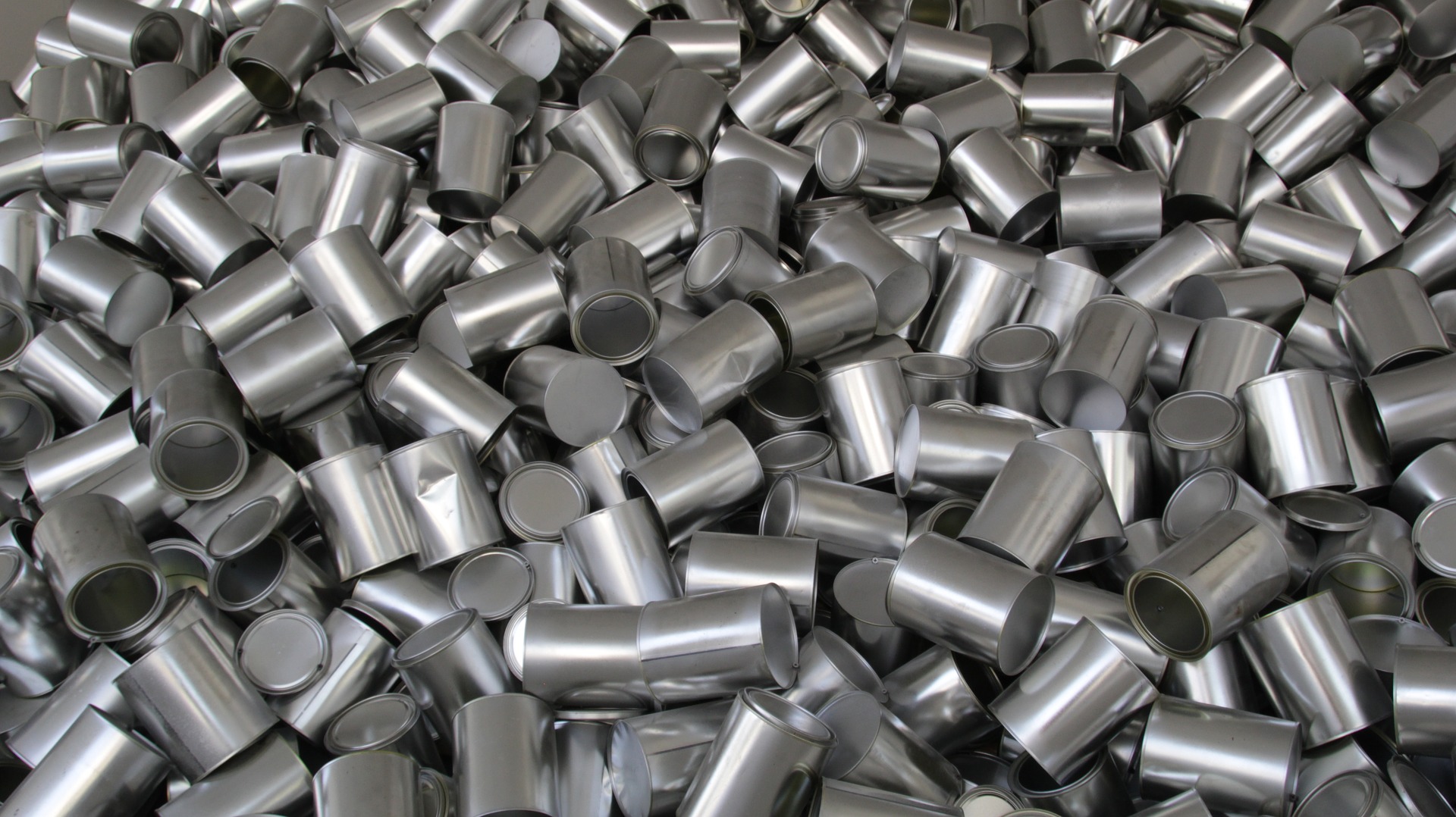Aluminum has proven to be an essential metal to the environment because of its unique features like being non-corrosive, malleable, and easily recycled.
Although the process of extracting aluminum can be horrendous, it’s proven to be the most abundant metal found on the earth’s crust.
Do you want to learn more about its positive effects on mother nature? Read on to find out.
Aluminum is Not Corrosive
Well, this point may stack a lot of debate among you. But, while solid aluminum may corrode, it doesn’t rust. Aluminum only really corrodes quickly when exposed to moisture. However, some are resistant to corrosion, for example, those made from alloys like 5052.
A 5052 aluminum sheet is perfect and durable hence preferred for marine and seawater uses. It is also the most popular and robust and can be converted into complex shapes.
Additionally from 5052, alloys like 6061, 3003,1100, 5054, and 6013 are environmentally viable.
Alloy 1100
It is the purest form of aluminum and best resists corrosion. Treating it may seem like a neck in the pain, but its workability is manageable and primarily used in farming and food production industries.
Alloy 6061
It’s an all-around type and vastly used in applications and commodities that are strong and have a good appearance. Its workability is also top-notch and manageable. Alloy 6061 is also durable when it comes to functionality.
Alloy 6063
This is primarily architectural-oriented because of its excellent smooth finishing. It is tensile, usually anodized, and has excellent corrosion resistance.
Alloy 3003
Apart from its corrosive resistance and good workability advantages, you can braze, spin, or weld it easily. It is solid and pure with a 20 % boost of copper and manganese.
Aluminum is Easily Recycled
Did you know that 67% of aluminum cans bought are always recycled compared to their counterparts (plastic bottles), which incurs only about 9% reusability? Also, you only need 5% energy to produce the same amount of aluminum used before.
Although the recycling process isn’t easy, it requires a bit of sorting, shredding, cleaning, melting, removal of by-products, creating an alloy, and compounding.
Sorting
Here, materials are sorted out from different cans and transported to the relevant facilities.
Magnets are used to separate aluminum from other contaminants; hence they are nonmagnetic.
Shredding
It is then chopped into tiny particles to minimize its volume and facilitate easier and quicker transportation.
Cleaning
Aluminum exteriors are chemically and mechanically scrubbed in preparation for melting. You should ensure that it is free from grit, rust, and dirt.
Melting
After loading the scrap aluminum into bales, melting occurs in high temperatures that do not exceed 750 degrees Celsius. It is essential to remove any impurities during the process so that only aluminum is left.
Removal of by-products
Chlorine and Nitrogen Gas may be used to remove waste products from the molten metal. However, you can still handle the process mechanically.
Creation of an Alloy
You already create an alloy by adding magnesium, zinc, silicon, or copper to the molten aluminum. They are constantly added according to the affirmative use of aluminum.
Compounding
As the very last stage of recycling, the final products are put together in groups, awaiting transportation to manufacturers and plants.
Aluminum is Malleable
By being malleable, it means that you can deform aluminum under compression. Is it also ductile? Of course, yes, because there’s no flexible material that’s not malleable. By being ductile, you can pull it into wires without breaking.
This feature prompts It to be vital because it can be pressed to become aluminum foils and sheets. Although an argument also proves that it’s a bit pliable. Aluminum foils have several uses, for example, in the catering industry. Also, plates and pans are made of aluminum.
Final Thoughts
Aluminum is an all-around eco-friendly metal compared to other metals due to its essential features. Its non-corrosive characteristic is widely used in support of the environment, making it a better alternative to other metals.
Also, aluminum is ductile and malleable, making it a highly recyclable metal. However, recycling aluminum can be expensive because various stages are involved in the process.
